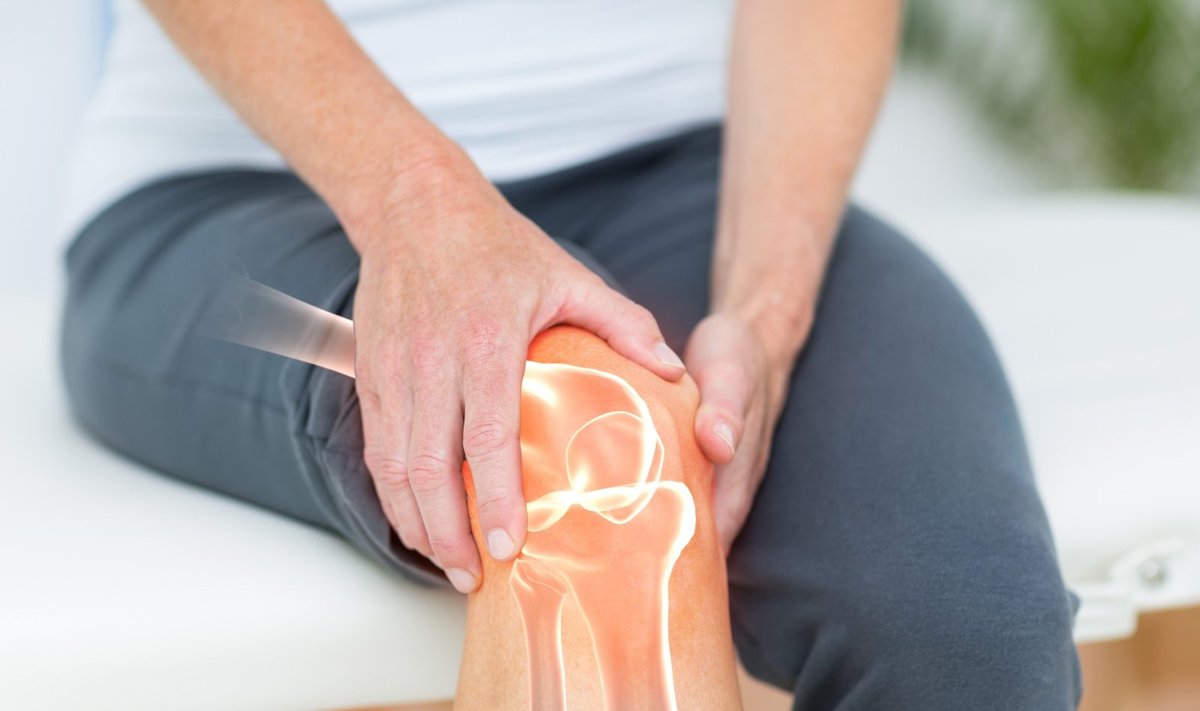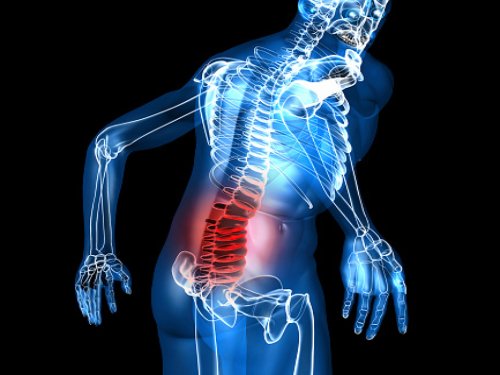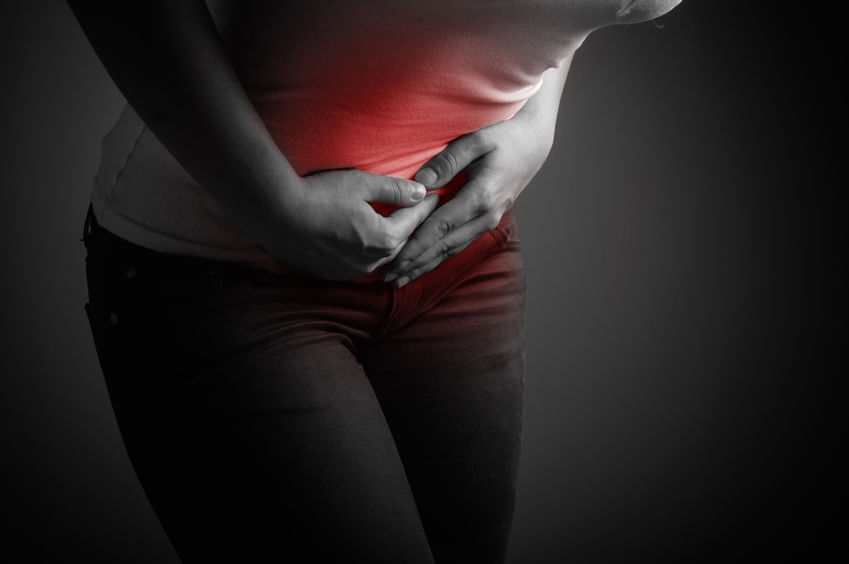There are no products in your cart
Categories
TOP
TOP
- 1. COVID -19 SEJOY rapid antigen test for nasal passages
- 2. Rapid test for COVID-19 antigens
- 3. AteroLip complex N90. Better price!
- 4. 3 PCS of AteroLip complex N90 better price!
- 5. BASICA SPORT, 660 g
- 6. 4 PCS of AteroLip complex N90 better price!
- 7. A+E vitamins Nourishing Ointment 60g BIG PACK
- 8. Sale! 3 PCS of FORCAPIL, effective nutritional supplement for ...
- 9. Orthomol Immun (30 daily doses)
- 10. Orthomol Arthro plus (30 daily doses)
Now Online
Now Online
We have 1278 guests and 1 member online
Health
Why is vitamin D so important for our immune system?

Vitamin D, sometimes referred to as the "sunshine vitamin," is a fat-soluble vitamin that plays a crucial role in many bodily functions. It is unique among vitamins because it can be produced by human skin when exposed to ultraviolet rays from the sun.
Vitamin D exists in two primary forms: D2 (ergocalciferol) and D3 (cholecalciferol). D2 is commonly found in plant sources and certain dietary supplements, while D3 is produced in human skin and found in some animal-based food products.
Collagen and healthy movement. Can collagen supplements help reduce joint pain?

Collagen is the main structural protein found in human and other animal bodies, making up about 30% of all proteins in the body, thus being one of the most important components in maintaining the structure and function of the body. This protein is particularly abundant in the skin, bones, tendons, ligaments, and connective tissue, playing a crucial role in providing strength, elasticity, and integrity to these structures.
Radiculitis. How to distinguish its symptoms from other back pains?

Radiculitis is a medical condition associated with inflammation or compression of the nerve roots located in the spinal canal. These nerve roots are responsible for transmitting signals from the central nervous system to various parts of the body. In the case of radiculitis, for various reasons - most commonly due to intervertebral disc herniation, spinal stenosis, arthritis, or trauma - these nerve roots become irritated or compressed, causing characteristic symptoms.
What is the norovirus and why does it occur most often in winter?

Norovirus, also known as Norwalk virus, belongs to the Caliciviridae family and is one of the most common causes of highly contagious gastrointestinal infections. It is responsible for the majority of non-bacterial gastroenteritis cases and can be transmitted through contaminated food and water, as well as direct contact with an infected person. The virus is resistant to environmental factors and can remain active on various surfaces for a long time.
Living and coping with endometriosis

Endometriosis is a chronic, inflammatory gynecological disease affecting about 10% of women of reproductive age worldwide, approximately 190 million women. Endometriosis is characterized by the growth and presence of endometrium-like tissue, typically found inside the uterus, outside the uterus. These tissues are most commonly located in the abdominal cavity and can exist in three main forms.
More Articles...
Page 11 of 45






